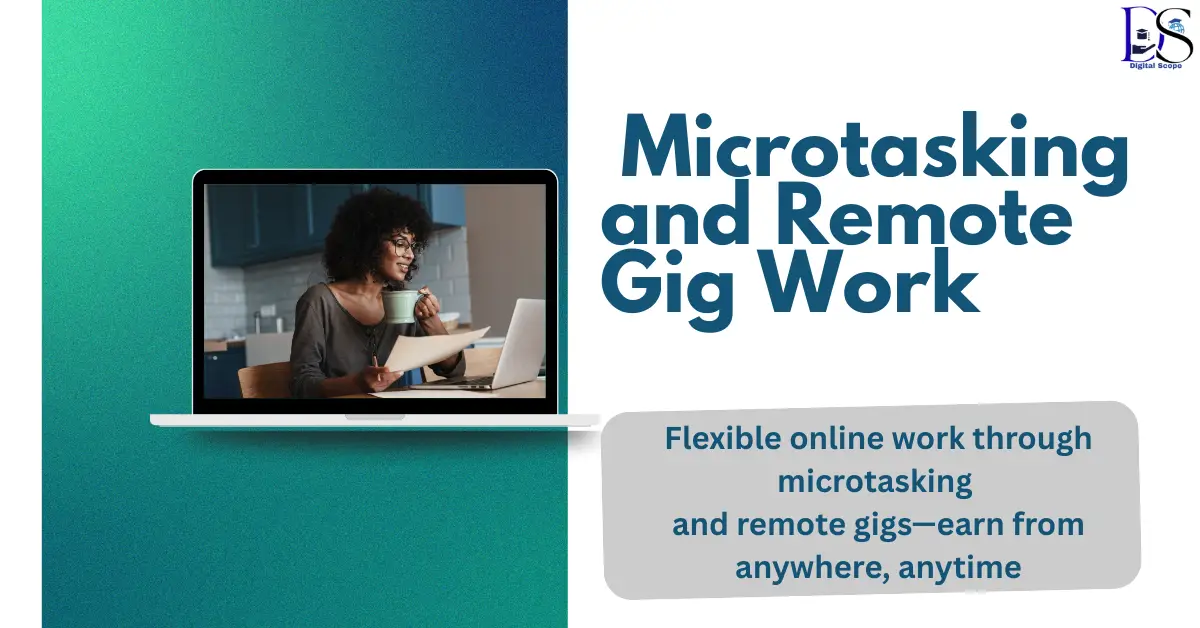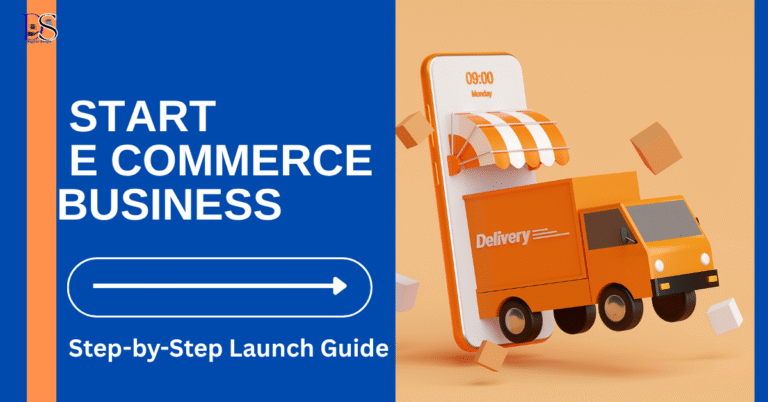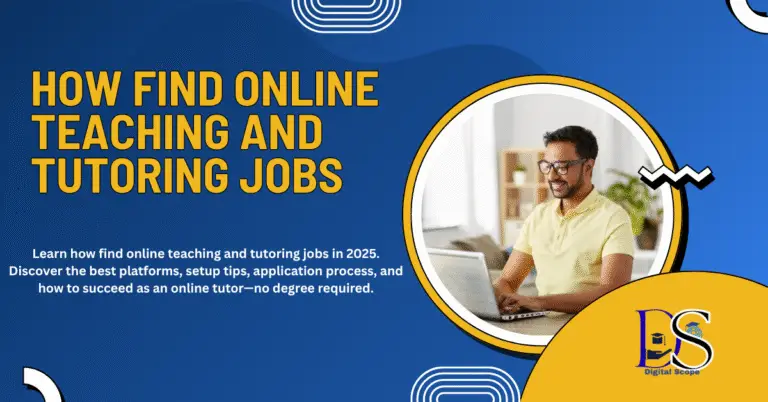How Do Microtasking and Remote Gig Work?
A Beginner’s Guide to Flexible Online Jobs
The global shift to digital work is reshaping the way people Earn Money Online. More individuals are looking for flexible, remote opportunities that don’t require degrees, offices, or even full-time hours. That’s where microtasking and remote gig work come in. If you’re wondering how do microtasking and remote gig platforms actually work, and whether they’re right for you, this in-depth guide has all the answers.
In This Article
Microtask Websites: Understanding the Basics of Microtasking
Microtasking involves dividing a large task into tiny, quick jobs that are handled by thousands of online workers. These microtasks don’t need specialized training and often take just a few minutes to complete.
4Popular Microtasks Include:
Product categorization
Image tagging
Transcribing short audio clips
Survey participation
Data validation

These tasks are available on trusted microtask websites like Amazon Mechanical Turk, Clickworker, and Jumptask.
Microtasking is ideal for people with short windows of time who want to get paid for simple tasks without long commitments.
Best Gig Economy Jobs: What is Remote Gig Work?
Remote gig work is more flexible and often more rewarding than microtasking. It refers to freelance jobs performed online, typically for one-time or short-term projects.
Common Remote Gigs Include:
- Graphic design
- Website development
- Social media marketing
- Virtual assistance
These are among the best gig economy jobs available through platforms like Fiverr, Upwork, and Toptal.
If you have marketable skills, remote gigs can provide a more stable and higher income stream compared to microtasks.
How to Earn Online with No Experience: Sarah’s Success Story
Let’s look at a real example. Sarah, a high school graduate working a retail job, discovered microtasking through a Reddit post. She began doing small jobs like tagging photos and taking surveys on Jumptask.
Within six months, Sarah learned how to transcribe audio and started virtual assistant gigs on Fiverr. Now, she earns over $1,500 per month while working remotely from anywhere.
Her journey shows how anyone can earn online with no experience, starting with microtasks and leveling up to more complex gigs.
Freelancing Platforms for Beginners: Where to Get Started
New to online work? Don’t worry. There are dozens of freelancing platforms for beginners where you can start small and grow.
Recommended Platforms by Job Type:
| Task Type | Platforms |
|---|---|
| Microtasks | Jumptask, Clickworker, MTurk |
| Gigs | Upwork, Fiverr, PeoplePerHour |
These platforms allow you to build profiles, apply for jobs, and communicate directly with clients in a secure and user-friendly environment.
Online Side Hustles: Step-by-Step Guide to Start Earning
If you’re serious about launching an online side hustle, here’s a proven step-by-step process to follow:
Step 1: Choose Your Path
- If you have less time or no skills, start with microtasking.
- If you have marketable skills, aim for remote gigs.
Step 2: Sign Up for Trusted Platforms
Register on reputable platforms mentioned above. Always avoid sites that ask for upfront fees.
Step 3: Create a Professional Profile
- Use a clear photo and write a strong bio.
- Highlight relevant skills or tasks you’re confident in.
- Add examples of work, even if they’re practice projects.
Step 4: Take Small Jobs First
Early jobs help build trust, experience, and reviews.
Step 5: Upskill and Expand
Use platforms like Coursera or Skillshare to learn while you earn.
Remote Job Skills That Boost Your Earning Potential
To make more from your time online, focus on building remote job skills that are in demand:
| Category | Skills |
|---|---|
| Creative | Writing, video editing, Canva |
| Technical | HTML, CSS, analytics, QA |
| Marketing | SEO, social media strategy |
| Admin | Data entry, transcription, scheduling |
These skills are highly sought after in the digital gig economy, and can transform your online income significantly.
Get Paid for Simple Tasks: What Can You Earn?
You might be wondering how much you can make:
- Microtasking: $50–$300/month working casually.
- Remote gigs: $500–$2,500+/month depending on skill, consistency, and client relationships.
Most platforms pay via PayPal, Wise, or bank transfers.
Digital Gig Economy: The Future of Online Work
According to this digital labor study, the digital gig economy is set to expand, offering increasing flexibility, autonomy, and global access to work.
AI might replace some jobs, but it also creates new opportunities—especially in content moderation, decision-making, and creative services.
Entry-Level Online Work: Safety Tips and Best Practices
To protect yourself and your earnings:
Carefully read client reviews and job descriptions
Stick to verified platforms
Never pay to get work
Communicate only through platform channels

With time and experience, you can scale from entry-level online work to highly paid freelance contracts.
Final Thoughts
Whether you want to earn extra money, work from home, or escape the 9-to-5 grind, learning how do microtasking and remote gig jobs work is a smart starting point. These methods are accessible, scalable, and tailored to people who value flexibility and independence.
Start small. Stay consistent. Keep learning. Your path to online income is just one microtask—or one client—away.
FAQs About Microtasking and Remote Gig Work
1. Are microtasking platforms legitimate?
Yes. Platforms like Jumptask, Clickworker, and MTurk are widely used and reliable.
2. Can I do microtasks using a smartphone?
Absolutely. Many platforms are mobile-friendly.
3. What’s better—microtasks or gigs?
Microtasks are great for beginners. Gigs pay more but require more skill.
4. How fast can I earn money?
Some platforms pay weekly. Microtasking pays faster, while gigs may take time to land.
5. Do I need to invest money to start?
No. You can begin for free. Never pay to access job listings.








One Comment